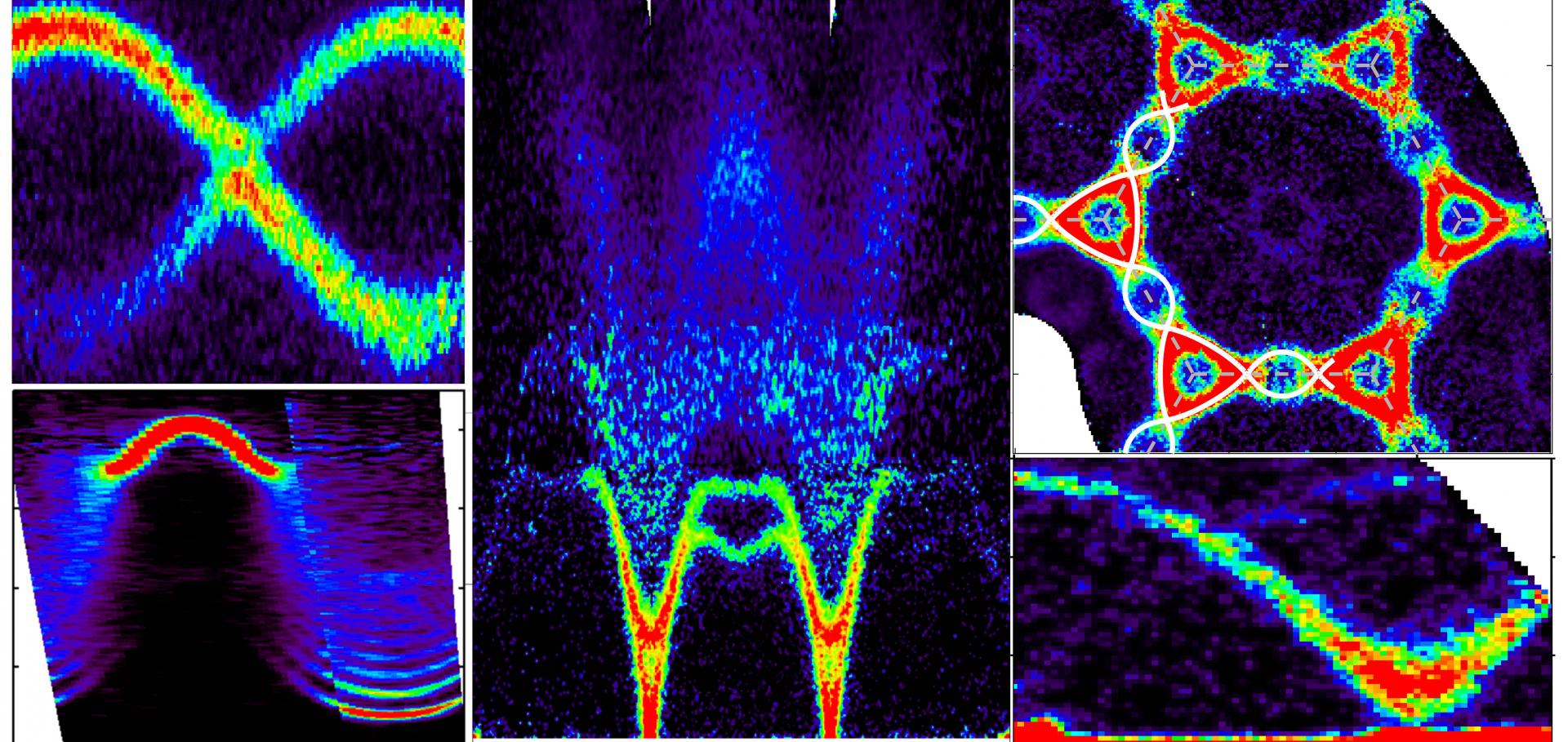Excitations in the quantum paramagnetic phase of the quasi-one-dimensional Ising magnet CoNb$_2$O$_6$ in a transverse field: Geometric frustration and quantum renormalization effects
(2014)
A new spin-anisotropic harmonic honeycomb iridate
ArXiv 1402.3254 (2014)
Abstract:
The physics of Mott insulators underlies diverse phenomena ranging from high temperature superconductivity to exotic magnetism. Although both the electron spin and the structure of the local orbitals play a key role in this physics, in most systems these are connected only indirectly --- via the Pauli exclusion principle and the Coulomb interaction. Iridium-based oxides (iridates) open a further dimension to this problem by introducing strong spin-orbit interactions, such that the Mott physics has a strong orbital character. In the layered honeycomb iridates this is thought to generate highly spin-anisotropic interactions, coupling the spin orientation to a given spatial direction of exchange and leading to strongly frustrated magnetism. The potential for new physics emerging from such interactions has driven much scientific excitement, most recently in the search for a new quantum spin liquid, first discussed by Kitaev \cite{kitaev_anyons_2006}. Here we report a new iridate structure that has the same local connectivity as the layered honeycomb, but in a three-dimensional framework. The temperature dependence of the magnetic susceptibility exhibits a striking reordering of the magnetic anisotropy, giving evidence for highly spin-anisotropic exchange interactions. Furthermore, the basic structural units of this material suggest the possibility of a new family of structures, the `harmonic honeycomb' iridates. This compound thus provides a unique and exciting glimpse into the physics of a new class of strongly spin-orbit coupled Mott insulators.Kitaev interactions between j=1/2 moments in honeycomb Na2IrO3 are large and ferromagnetic: insights from ab initio quantum chemistry calculations
(2013)
Kitaev interactions between j=1/2 moments in honeycomb Na2IrO3 are large and ferromagnetic: insights from ab initio quantum chemistry calculations
ArXiv 1312.7437 (2013)


